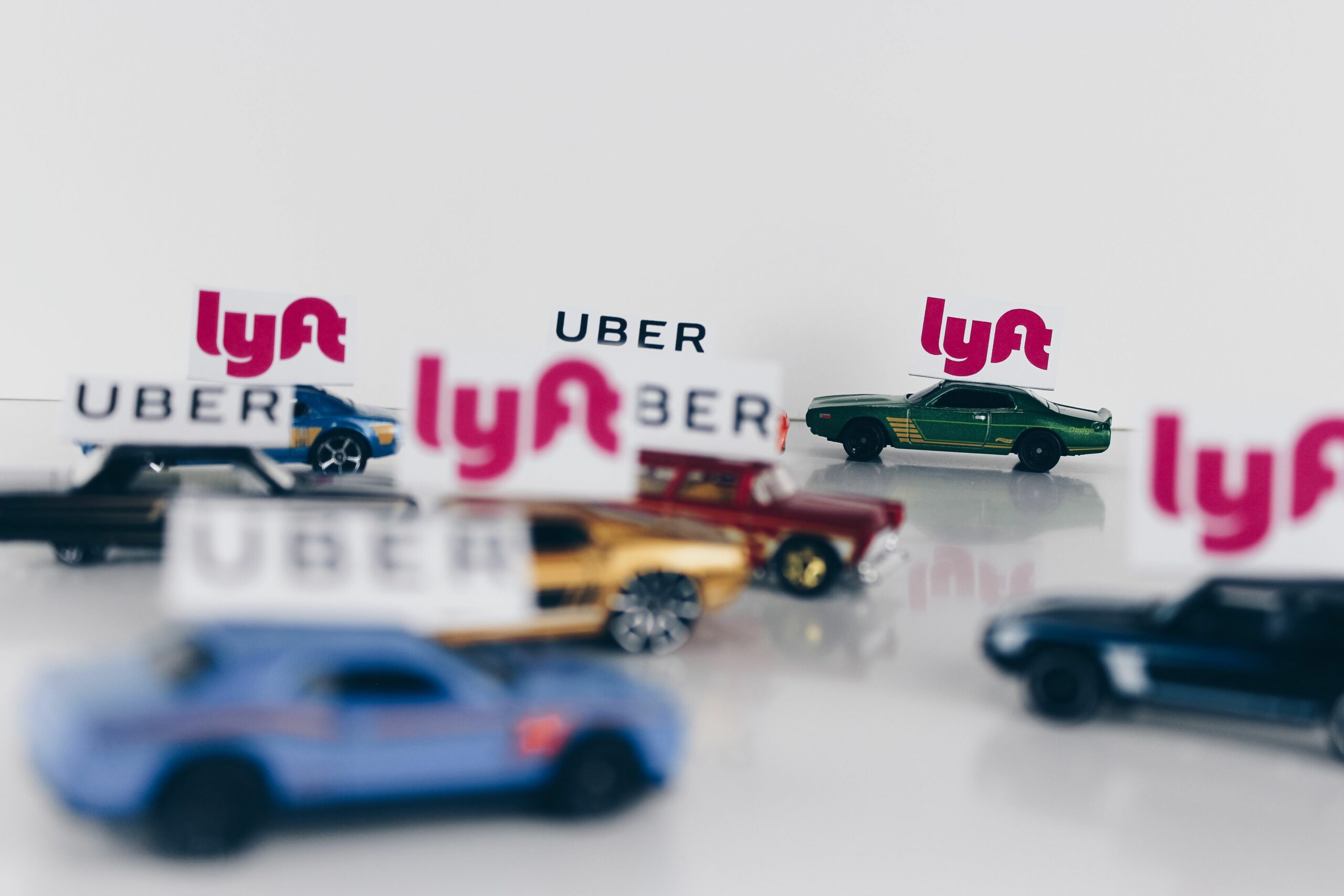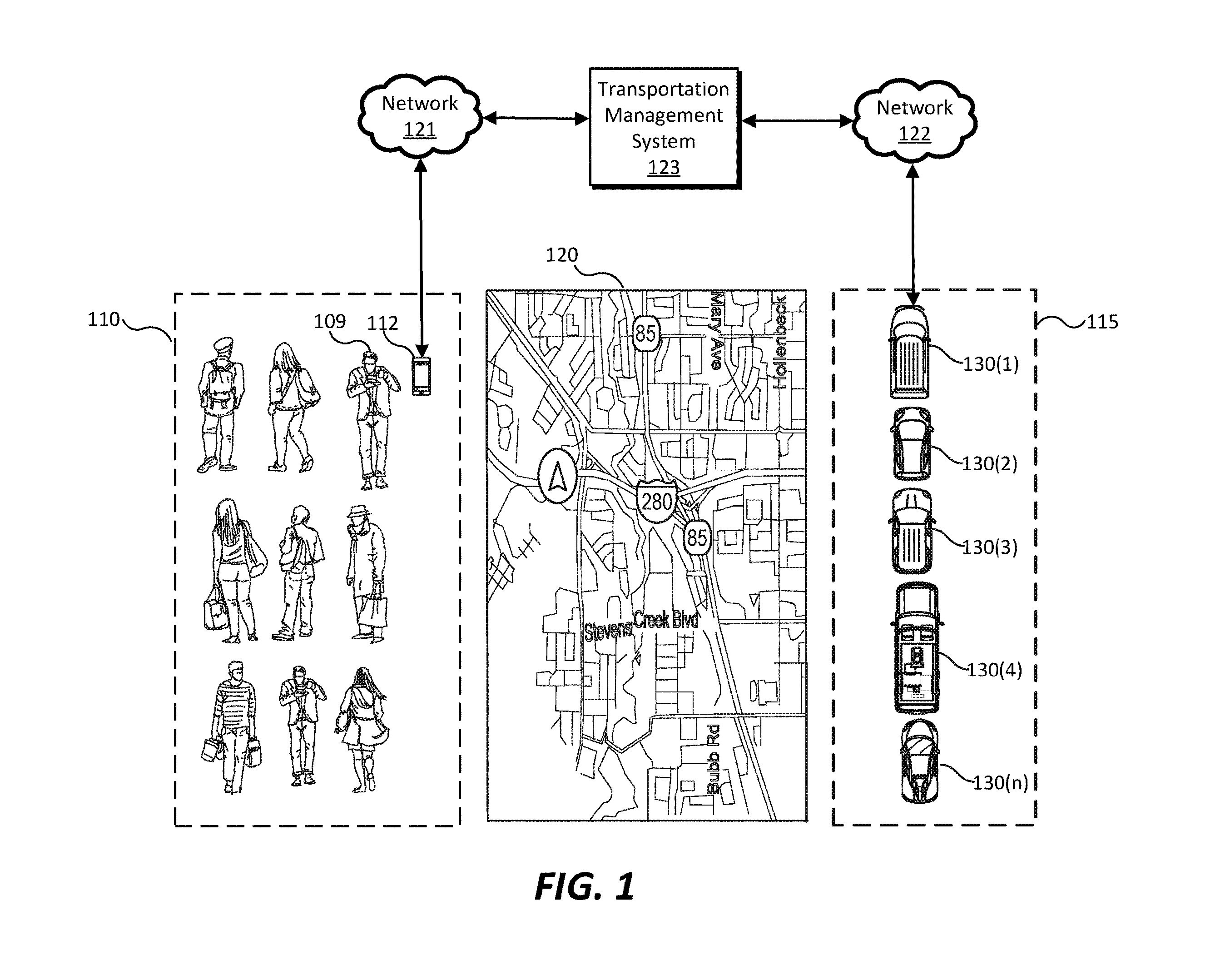
Sign up to uncover the latest in emerging technology.
Lyft may be reaching for a higher gear in the driverless race.
The company is seeking to patent a method for matching autonomous vehicles to transportation requests. Here’s how it works: After determining the characteristics of both an autonomous vehicle and “road segments of a geographic area,” the tech decides whether or not it can match a rider’s request with an autonomous vehicle.
For example, this system may look at where a requester is being picked up or dropped off, the route, what time the request has been placed, traffic density and weather conditions to decide whether or not a self-driving car has the capability to complete a ride.
“The performance of an on-demand transportation service may depend on properly determining the suitability of providing transportation services using autonomous transportation provider vehicles in certain geographic zones,” Lyft said in its filing.
Lyft said that this kind of tech can avoid sending an autonomous vehicle on a request that it’s not capable of completing, forestalling customer dissatisfaction and unsafe situations for passengers in self-driving rides.

If you’ve a regular Patent Drop reader and all this sounds familiar, it’s because it is: Uber is seeking to patent practically the exact same thing. Earlier this month, we wrote about the company’s plan to patent a method for “selective autonomous vehicle ridership and control,” which examined a user’s request, their profile, and the capabilities of an AV to decide whether or not a self-driving ride was the right fit.
Though these filings focus on slightly different things (Lyft’s centers on vehicle locations, whereas Uber’s details vehicle capabilities), the concepts are fundamentally the same: Both companies want to patent systems for weighing an autonomous vehicle’s abilities against the request itself.
While we can’t know for sure if these companies know about each other’s patents, direct competitors, like Uber and Lyft, likely keep tabs on their rival’s public patent activity, said Micah Drayton, partner and chair of the technology practice group at Caldwell Intellectual Property Law.
And with patent applications so similar, which company will prevail? That will come down to two major factors in the end: Timing and detail, said Drayton.
Lyft’s most recent patent came a little more than a month before Uber’s, filed on November 8, compared to December 15. But Lyft’s preliminary amendment (a.k.a., a revision to the filing) was filed on February 2, just six days after Uber filed its own. Going back further, Lyft’s patent is also a continuation of a filing from 2019, whereas Uber’s is a continuation of one from 2020.
But the dates only matter if the patent was filed with the right amount of detail, said Drayton. “It’s not as simple as who filed first,” he said. “If Uber was the one that filed the relevant information first, even if it was in a later filing, they’d have the inside track. They could have priority against Lyft.”
At this point, it could be anyone’s game. As Drayton said, “there’s no question that they are close to each other. It wouldn’t surprise me to see either of these coming up during examination regarding the other one.”
Patents aside, Uber and Lyft are racing towards a self-driving future. Both companies have deals with autonomous vehicle company Motional, and Lyft claims it has given around 100,000 autonomous rides so far. But Uber’s recent deal with Waymo, Alphabet’s self-driving car company, may push it a pace ahead.
Have any comments, tips or suggestions? Drop us a line! Email at admin@patentdrop.xyz or shoot us a DM on Twitter @patentdrop. If you want to get Patent Drop in your inbox, click here to subscribe.











